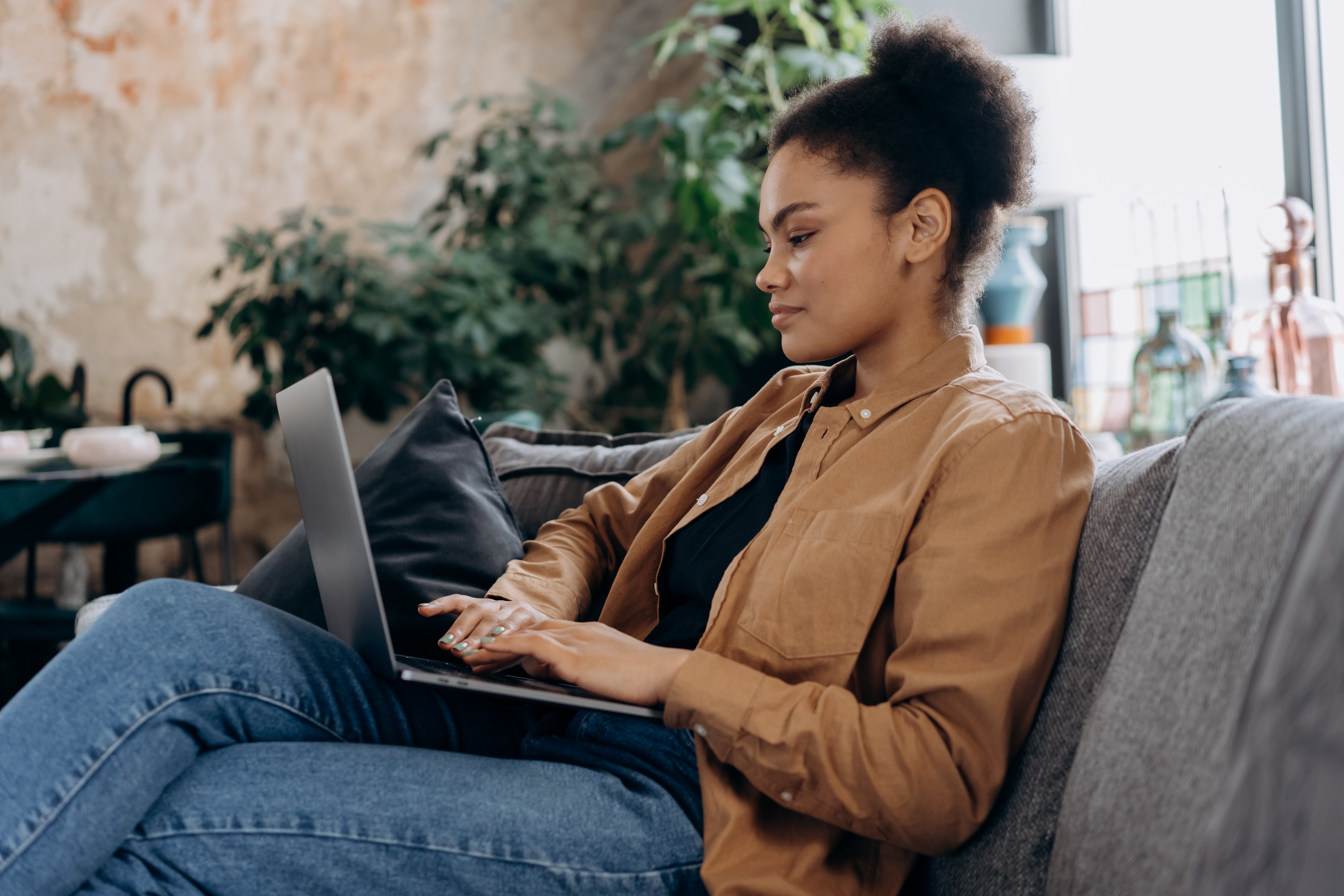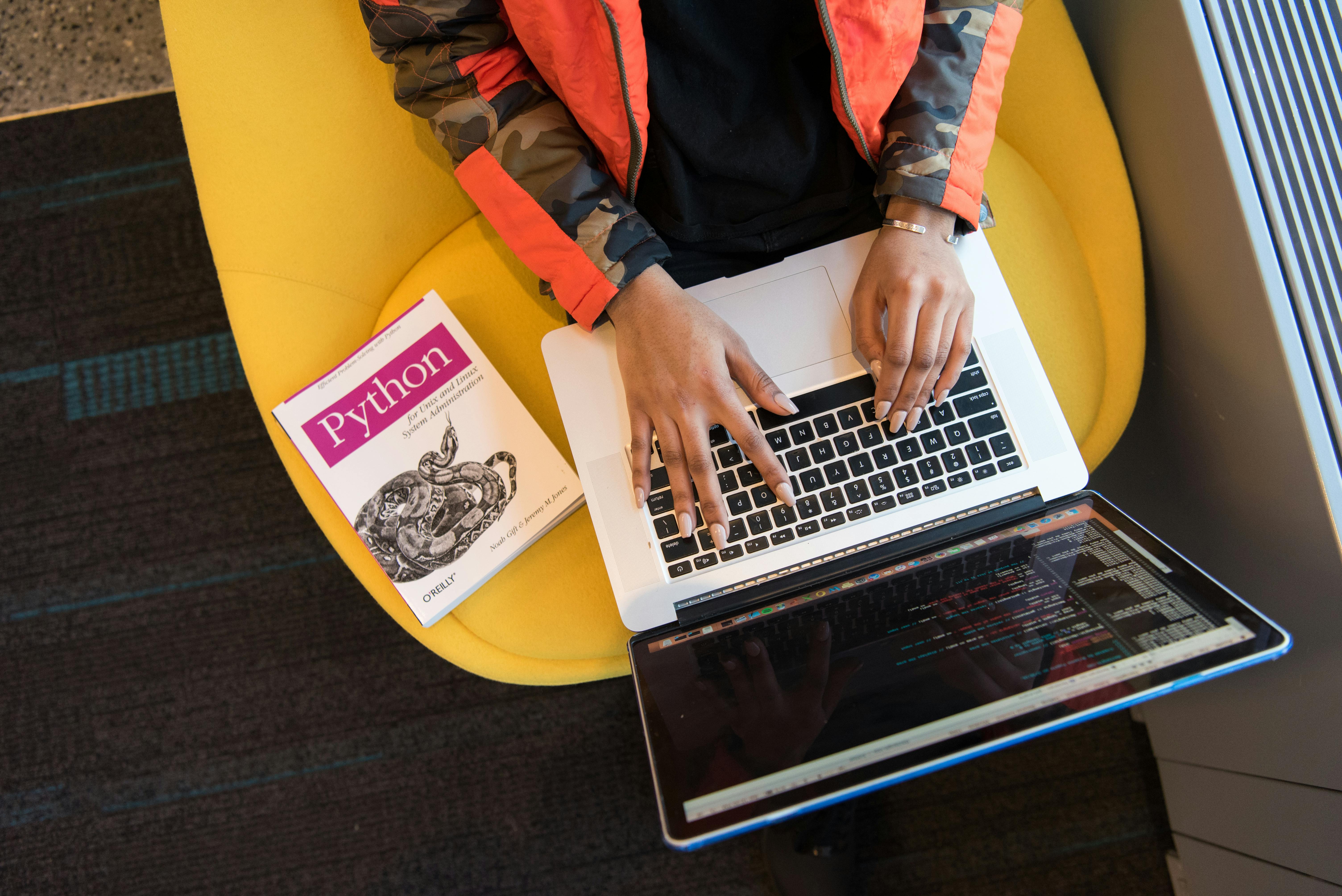The Art of Effective Follow-Up: 12 Best Practices After the Interview
Twelve seasoned professionals, from managers to CEOs, share their insights on crafting a memorable post-interview follow-up. From the importance of a personalized thank-you note to the impact of a follow-up phone call, discover the full spectrum of strategies to ensure you leave a lasting impression. This compilation of best practices will guide you through the nuanced art of post-interview etiquette.
- Send a Personalized Thank-You Note
- Space Out Multiple Follow-Up Emails
- Update Interviewers with New Information
- Make the Follow-Up Your Final Impression
- Request Feedback for Personalized Follow-Up
- Connect Follow-Up to Company Updates
- Demonstrate Skills with Preemptive Work
- Use Company’s Preferred Communication
- Enhance Emails with Industry Insights
- Reference Interview Details in Follow-Up
- Craft Personalized Emails for Each Interviewer
- Stand Out with a Follow-Up Phone Call
Send a Personalized Thank-You Note
A handwritten card can be quite impactful, even without particularly insightful content. Expressing gratitude with a thank-you note after a positive interview experience is always appreciated.
For larger or more informal companies where a card might be too much, a brief email to thank them for their time can be a suitable alternative. I often include a message like, “Thank you for taking the time to speak with me; I look forward to hearing from you.” If we shared any small talk, I might mention it to personalize the message further.
For instance, “Thanks for meeting with me. I hope your sales meeting went well, and best of luck with those flowerbeds! Looking forward to your response.”
Milo Rusnak, Guest Services Manager
Space Out Multiple Follow-Up Emails
You can send one to three emails to follow up. However, properly space them at least three days to a week apart from each follow-up so as to avoid angering the recruiter. This may even lead to you losing your chance of getting hired. Also, make sure to indicate the position for which you were interviewed and the date of the interview.
Steven Mostyn, Chief Human Resources Officer, Management.org
Update Interviewers with New Information
I’ve always been impressed when someone made sure to leave something unknown in an interview and then called back with the information. A great example is when someone has another job and may or may not need to work out a notice.
If they’re not able to tell me a firm start date, I like when they quickly find out and call me with an update. It shows me they really are interested, and they’re capable of getting answers quickly.
Christopher Olson, Chief Financial Officer, Surfside Services, LLC
Make the Follow-Up Your Final Impression
The waiting time after a job interview can be a long one for an interviewee. The thought of whether or not one is going to get the job is an experience on its own, let alone finding the right words to say in a follow-up call or email so as to leave a positive impression.
One recommended way to go about it would be to give what I would call a “final impression.” You’ve probably given the interview your best shot, but the good thing is, it’s never too much. The way you decide to go about your follow-up could be the final push you need to seal the deal, so treat it like you would an actual interview.
Make the follow-up more about the interviewer and the company and less about you. Appreciate the interviewer for taking their precious time to interview you, let them know how excited you are about joining their company, and how much you look forward to working with them.
Keep the tone professional and concise.
Grace Chisom, Marketing Manager, Check CPS
Request Feedback for Personalized Follow-Up
I’ve had a lot of experience with following up after a job interview, and it’s been, on average, a hit-or-miss process.
I’ve had some interviews where I felt like I blew my chance at the job, which was really disheartening—especially because I didn’t even get an email back saying they weren’t interested.
But other times, it’s worked out really well! It’s all about knowing how to do it right and having that one final step in place before you walk out the door.
My best recommendation is to ask your interviewer if they have any feedback for you. Maybe they have some suggestions on how you can improve your skills or experience. Maybe they want more information about what kinds of projects you’ve done in the past. Or maybe they just want to know why you should choose them over another company or position.
This way, when you send a follow-up email (which I recommend doing within 24 hours), it will be personalized and tailored specifically for that particular person or company.
Rengie Wisper, Marketing Manager, SupplyGem
Connect Follow-Up to Company Updates
Connecting your follow-up message with a specific occasion or recent company update can be very effective.
For instance, after interviewing a content marketer for Steambase and not following up immediately due to a hectic schedule, the candidate, who kept up with Steambase’s LinkedIn updates, noticed we started offering embeddable game charts. They reached out with a well-thought-out idea of leveraging these charts for passive link-building using viral mechanics. This wasn’t just a follow-up; it was a demonstration of their initiative and understanding of our product. I was impressed and quickly offered them a contract.
This approach is successful because it demonstrates genuine interest and engagement with the company’s activities, helping you stand out. It’s an excellent way for candidates to align their skills with the company’s current needs and goals.
Lucas Wyland, Founder, Steambase
Demonstrate Skills with Preemptive Work
When I was in the process of hiring a marketing specialist, our focus was on demand generation. I asked candidates various questions about how they would develop a strategy and execute it. You know, the normal things.
After the interview, one candidate went back and developed an outline of a demand generation plan, complete with timelines, an estimated budget for each aspect, an overview of keywords to target, and a few other things.
If we wanted to use it, we’d only need to fill in a few pieces of information specific to our business.
That candidate instantly went to the top of the pile because they showed they had the necessary skills and were willing to do the work.
Unfortunately, we didn’t go with that candidate for other reasons.
If you want to stand out and leave a good impression, do some of the work for your role before you’re hired.
If you’re in sales, send them some prospects you think would be a good fit for the business. If you’re in customer support, outline a plan to reduce the time to resolution. If you’re in HR, focus on how to optimize the onboarding process and reduce employee churn.
Just an outline will do. Nobody does it, so you’ll be miles ahead of the other candidates.
Daniel Ndukwu, CMO and Co-Founder, DoxFlowy
Use Company’s Preferred Communication
Always find out what the company’s preferred method of communication is before leaving the interview. If the company prefers communication through a specific channel (email, phone, etc.), follow their preference.
For small businesses, even their social media DMs are used for business affairs, and it could be their preferred or a prompt way of reaching them. If there were any additional materials or documents requested during the interview, make sure to provide them promptly and use this as a way to further communication between you and the interviewers.
Mark Baldwin, Founder, Baldwin Digital
Enhance Emails with Industry Insights
Sending a thank-you email after an interview is a well-known tip. However, merely expressing thanks may only show basic politeness without making a significant impact.
To create a lasting positive impression, sharing a relevant article or case study in your thank-you email is recommended. This demonstrates your active engagement during the interview, your initiative, and your ongoing interest.
Such a gesture exceeds the usual expectations, adding a layer of insight that emphasizes your industry knowledge. When you align this content with the topics discussed during the interview, you subtly reinforce the connection with your interviewers.
Employing this strategy effectively communicates your dedication, positioning you not just as a candidate but as a proactive future team member who is already contributing to the company’s story. This proactive approach leaves a unique and memorable impression, showing that you are not merely following the conversation but actively enhancing it.
Michael Morgan, Managing Director, Medallion Partners
Reference Interview Details in Follow-Up
When following up after a job interview, refer to something specific from the interview itself to show that you not only remember it but that it’s something you’ve been thinking deeply about.
Ask a follow-up question or elaborate further on something that was discussed in detail during the interview. Simply saying “thank you” isn’t necessarily enough to help you stand out from the crowd, but showing you care by thinking so much about the role afterward can make a world of difference.
Casey Marks, Chief Operating Officer, Marks Building Company
Craft Personalized Emails for Each Interviewer
Definitely send an email and written notes. If you were interviewed by eight people, you should send personalized emails to each and every one of them, thanking them for the interview and reviewing all of the points that were discussed.
Share some personal anecdotes or say, “Hey, I really hope the baseball team you like wins, even though I’m not a fan.” You can try to make comments that they can relate to.
Derek Capo, COO, Starquix.com
Stand Out with a Follow-Up Phone Call
In my experience, one of the best ways to leave a positive impression after a job interview is actually with a phone call.
It’s not that emailing or texting doesn’t work—it’s just that the message you send can get lost in the shuffle of emails and texts. A phone call will stand out, and it will show that you’re taking the time to really connect with the person on the other end of the line.
If you don’t get through right away, leave a message! If they don’t return your call, try again later in the day or even in a few days. This can be especially important if you’ve had multiple interviews with this employer; by leaving your number twice, you’ll show them how committed you are to working for them!
Gert Kulla, CEO, Batlinks






